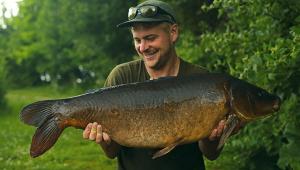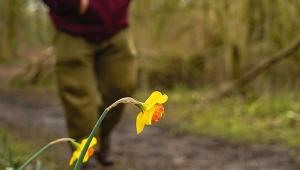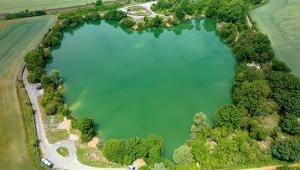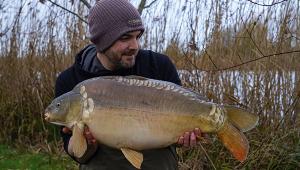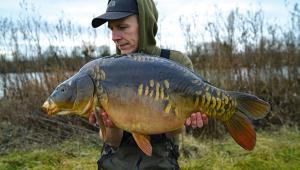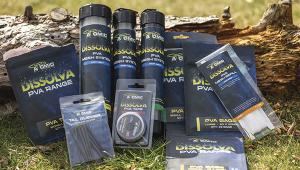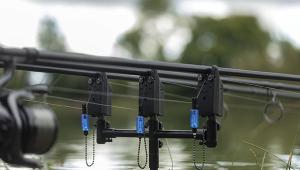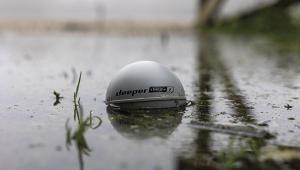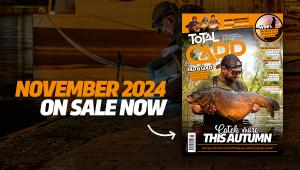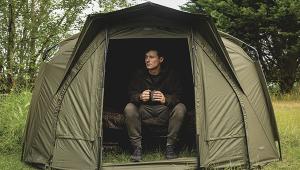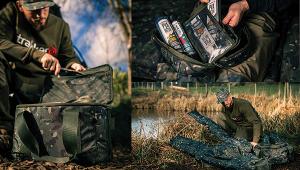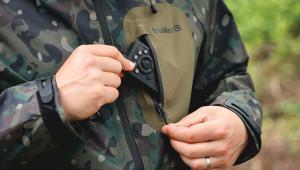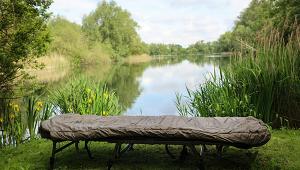Canal Combat
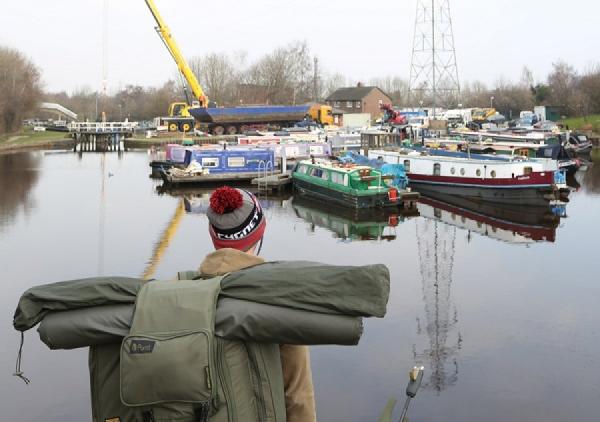
Marv Wait looks at how to make the most of fishing the public waterways, which many anglers shy away from too often. However, with enough effort, it’s possible to unlock some of the jewels.
When many people talk about fishing big waters they often refer to large, windswept gravel pits and the like. However, most fail to notice that canals are some of the largest carp waters in the country. They are often many miles in length, spreading across different counties and linking many a city and town, meaning fish stocks are very much unknown and they tend to be always on the move.
So, what do you need to take into consideration when tackling, what used to be, the industrial highways of the UK?
Location
Walk, walk and walk some more. You need to find fish, or even areas that look as though they may hold fish. In my opinion, location is the most important factor when fishing canals. Nobody wants to waste valuable fishing time targeting a stretch of canal that has little or no stock of carp.
 There are plenty if features to check out!
There are plenty if features to check out!
Good starting points are anywhere that seems to have shelter. It may be a snaggy margin, whether it be the near one or over the far side, because carp often enjoy hanging around on the shallow shelf under overhanging trees, avoiding morning cyclists and joggers.
My favourite features are definitely marinas. These will often hold carp, especially as the temperature drops in the colder months, because boat owners will whack on their log burners, which gives the carp not only shelter but a little warmth too.
Prepare and bait
Obviously, if you have found a really good head of fish you might not need to do this part and get straight into trying to put a fish on the bank. However, I like to spend a little time preparing a few of the likely looking spots I’ll have found on my walks.
 Keep the bait going in and they will come
Keep the bait going in and they will come
The first stage is to run a bare lead around the spots. One thing I've learnt about canal fishing is that they are littered with all kinds of snags, from the usual tree branches you may find in all waters to shopping trolleys and even cars. Once you know the spots are relatively snag free it’s time to start applying bait. This can be anything from the more cost-effective particles to good-quality boilies. The amount is down to you and the fish stock present. My boilie of choice is Red-Amo because it’s outperformed any other bait I’ve used on the cuts. I put it down to the visible washed-out pink colouring and its high leakage properties, perfect for my canal fishing. As a rule of thumb, I apply around 1kg twice a week on to the spots until I’m confident that the carp are visiting them regularly. I also add corn into the mix. Again it’s highly visible and carp can’t resist it. This may seem like a waste of time and effort to some people but, trust me, it is worth using this time wisely and holding off a little before fishing the spots because it really does pay in the long run.
Tackle
Your choice of tackle is more important than you may originally think because some spots might require a long walk to get to, often climbing over several locks, and it may be a fair distance from the nearest available parking area. With this in mind, I aim to travel as light as possible and cut down on weight at every opportunity. For example, I use lightweight sticks and bars, the shorter 10ft Velocity rods and small Baitrunners instead of the usual 12ft rods and bulkier big-pit reels. Only take the essentials.
 Less is more in this situation...
Less is more in this situation...
This leads me perfectly on to my next tip. I never leave home to head to the canal without the new Cygnet Baiting pole. Carrying a 12m pole and spoon may sound like unnecessary weight but the edge it gives me is invaluable. It’s the ultimate tool for a canal fishing enthusiast like me because bait and rig placement are made stealthy and simple. I can place a rig many anglers wouldn’t get anywhere near to on the canals, not to mention the fact that it means I won’t have any disgruntled boat owners on my case.
Rigs
 A simple pop-up rig to keep slear of any debris
A simple pop-up rig to keep slear of any debris
For me, it has to be a pop-up rig every time on the canals, due to the fact they can be littered with a huge amount of debris. I prefer my rigs to be simple and strong. I opt for a really simple pop-up rig armed with a 10mm Red-Amo pop-up, which is pinned down by a BB shot pinched on the hook link where the coating has been broken to create a hinge. I also place a small amount of silicone over the knotless knot to hold it in place and give the rig a little kicker to help turn the hook. No matter how I place my rig, whether it’s by spoon or casting, I will attach a golf-ball-sized bag of crumbed boilies and chopped bits of PVA foam to ensure the rig and bag sink slowly through the water and kick away neatly from the lead.
Line lay
 Take your time laying your line down across the bottom and use a heavy fluorocarbon
Take your time laying your line down across the bottom and use a heavy fluorocarbon
This is really important when targeting canals, especially because you need to take into account that canals aren't often very wide and some have plenty of boat traffic to contend with. You need to spend time to make sure that your line has sunk correctly and stays pinned across the bottom until you eventually receive a take. A heavy fluorocarbon will be just the job because you’re not going to be distance casting and the 16lb breaking strain Aero fluorocarbon sinks like a stone and has good abrasion resistance, which is needed on canals. Couple this with a back lead and light indicator and you have perfect bite indication and line lay.
Be respectful
 Dark looking old one like this are a great prize for the hard work put in.
Dark looking old one like this are a great prize for the hard work put in.
Some of you may think this is an odd factor to take into account when fishing the often neglected and desolate canals, but it’s a very important one. Canals are open to the general public more so than your average carp water, so please be aware that footpaths need to be kept clear. I mentioned earlier that my favourite features are marinas. Obviously, these will house a number of boats, which are often people’s homes. You need to remember this because many of them may not actually like you fishing the marina due to casting a lead near the boats. Again, this is where the baiting pole comes into its own. It removes the worry of banging a couple of ounces of lead into an unsuspecting boat owner’s pride and joy and you can drop your rig as close as you wish. Being respectful on these waterways to the boat owners and the general public will go a long way because they will become more willing to pass on any information about what's happening on the canal or if they have seen any fish. You never know, they could even be the one who is behind the lens for you when you catch your prize.
- Log in or register to post comments
